|
Kirtland's Warbler, Wendy Park, Cleveland Ohio, May 14, 2022 On May 14, 2022 my wife and I joined Naturalist Journeys for an outstanding week of birding the marshes and woodlands of the western basin of Lake Erie, including the famous Magee Marsh boardwalk. This post is the first of an upcoming series about this wonderful birding hotspot and some of the ~150 species we saw during the week we were there, including many warblers in breeding plumage. The map above is from Adobe's Photoshop Lightroom Classic CC, and shows Lake Erie with Toledo at the western end, and Buffalo at the eastern end, Cleveland sort-of in the middle, with the orange squares showing where images were captured. Of the ~150 species we identified, I was able to photograph 77 species, and a sample of the best images will be reflected in this and upcoming blog posts. Before we get to the birds, I want to thank our fantastic guides, Dan Donaldson and Andy Jones, who not only know all their birds, and more about them than anyone could hope for, but also know northern Ohio in breadth, depth, and detail, having lived and worked the region in the fields of ornithology and conservation for many years. Below is a photo taken right after an early morning breakfast at one of our local culinary hotspots (open 24 hours a day), with Andy Jones on the left, and Dan Donaldson on the right. (And, no, I did not see anyone playing keno at breakfast!) So hang on, here we go! Let's start with a smattering of the many warblers we saw on this trip - some of them rare sightings. Kirtland's Warbler (pssst . . . this is one of the rare ones!)Canon EOS R6, RF 100-500mm with RF 1.4 extender at 700mm, 1/2000 sec., f/10, ISO 3200. Our group met in Cleveland on Saturday May 14, and as we gathered the word went out that there has been a RARE BIRD SIGHTING! A Kirtland's Warbler at Wendy Park on Lake Erie in Cleveland! We piled into the vans and took off for the city, and joined about 30 other birders and photographers bobbing up and down and back and forth for a view of this fella through the understory. Here are my best picks of a female Kirtland's Warbler. Kirtland's Warbler is one of the largest and rarest of warblers, breeding only in young jack pine forests in northern Michigan and Wisconsin. wintering in the Bahamas. Their numbers went into decline due to loss of breeding habitat, but in recent years efforts in Michigan to restore the young jack pine forests have led to a rebound. This bird is likely in migration from the Bahamas to northern Michigan, and has stopped for food in the understory next to the lake. Warblers migrate north at night, searching for a place to set down at sunrise. The restored marshes and wood lots of NE Ohio provide great stops for rest and feeding on insects, the preferred diet for most warblers. Think of it as a super deluxe truck stop for birds. This is why this section of Ohio is loaded with birds in mid-May, especially warblers. More on Magee Marsh and the ongoing wetlands restoration work in Ohio later. Kirtland's Warbler is blue-gray above and lemon-yellow below with a broken white eye-ring, thin white wing bar, and black spotting on the sides. The females are slight browner than the males and sport black spots on the breast. The male has a yellow breast without the spots and a dark spot right in front of the eye. This day I could only photograph the female. They constantly pump their tail up and down, not evident of course in these photos. (Reference: Merlin Bird ID, The Cornell Lab) Magnolia WarblerCanon EOS R6, RF 100-500mm with RF 1.4 extender at 700mm, 1/2000 sec., f/10, ISO 6400. The photograph above was caught on the 14th at Wendy Park. The images below were captured at Magee Marsh on Friday the 20th. I cannot say it better than the Cornell website, All About Birds, so here it is: "Many male warblers are black and yellow, but Magnolia Warblers take it up a notch, sporting a bold black necklace complete with long tassels, a black mask, and a standout white wing patch. The female lacks the male's bold accoutrements, instead wearing an elegant white eyering on her gray head, 2 thin white wingbars, and yellow underparts with moderate streaking." I believe the bird above is a female. Magnolia Warblers can look like Kirtland's, except for the black necklace in the male, and bolder wing bars. In Magnolia's the tip of the tail is black with white undertail coverts and the back is greenish. We can see some of these features in the female shown below. My thanks to the Cornell Lab's Merlin Bird ID, which now includes excellent voice recognition in the field, as we'll as astounding image recognition. I was able to use my iPhone to photograph bird images from my monitor and have the Merlin app identify the bird consistently! Canon EOS R6, RF 100-500mm at 500mm, 1/1600 sec., f/7.1, ISO 3200. I found that most of my warbler shots caught the bird looking up for insects under branches or leaves, with an occasional hop from branch to branch. Below, the beginning of a big hop! Chestnut-sided WarblerCanon EOS R6, RF 100-500mm with RF 1.4 extender at 700mm, 1/2000 sec., f/10, ISO 2500. Also at Wendy Park was a Chestnut-sided Warbler, pausing to feed on his migration north. Chestnut-sided Warblers are striking birds that winter in shade-coffee plantations and second growth forests of Central America and breed in young regrowing forests of Canada. Their northern migration goes through the eastern U.S., east of the Rocky Mountains. Chestnut-sided Warblers prefer caterpillars and fly larvae, and will hop from branch to branch in the understory looking for prey under leaves. As I noted earlier, the images above were captured at Wendy Park. The photographs below were caught on Monday the 16th at Magee Marsh. The bird below is peering up looking for breakfast under a leaf. Canon EOS R6, RF 100-500mm with RF 1.4 extender at 420mm, 1/3200 sec., f/10, ISO 6400. Below, a Chestnut-sided Warbler spots food and pounces for his prey. It is always fun to see birds in motion. Canon EOS R6, RF 100-500mm with RF 1.4 extender at 420mm, 1/3200 sec., f/10, ISO 6400. Speaking of Magee Marsh . . . . .Magee Marsh is a birding hotspot on the shores of Lake Erie, and a major destination for birders in mid-May each year. The Black Swamp Bird Observatory runs the Biggest Week in America Birding the second week of May. We were there the week after, when the crowds were less, but the birds counts were still high. The marsh represents a failed farming attempt that became a duck hunting sanctuary known for the wide range of birds present. The preserve became a favorite birding spot and in the 1980's a boardwalk was built, allowing easy walking close to the wood lots and understory with great views of the birds. For more on the history of the marsh see A Brief History of Magee Marsh by John Mollenkopf. The following warblers were spotted and photographed at Magee Marsh either on Monday the 16th, or Friday the 20th of May. American RedstartCanon EOS R6, RF 100-500mm with RF 1.4 extender at 700mm, 1/1000 sec., f/10, ISO 1600. The American Redstart is a warbler who winters in southern Mexico, Central America and northern South America, breeding in Canada and the U.S. roughly in the watershed of the Mississippi River. The male is all dressed up for Halloween, coal-black with vivid orange patches on the sides, wings, and tail. In a fashion similar to their cousins the Painted Redstart, these birds startle (hence the name "start") insect prey out of the foliage by flashing their patterned tails and wing feathers. Females and immature males are colorimetrically more subtle. The male pictured above was feeding not far from the boardwalk at Magee Marsh, doing a very clever "fan dance" in the understory making photography challenging. Hence the slightly blurry image. Canon EOS R6, RF 100-500mm with RF 1.4 extender at 700mm, 1/2000 sec., f/10, ISO 4000. In the images above and below a male is looking for bugs. Body and tail markings are evident in these photos. Canon EOS R6, RF 100-500mm at 500mm, 1/1000 sec., f/10, ISO 10000. Below, I was lucky to catch a male showcasing his "flash pattern" to startle insects out of hiding. Canon EOS R6, RF 100-500mm with RF 1.4 extender at 700mm, 1/1000 sec., f/10, ISO 31250. Females, shown in the series below, have a more subtle color pattern, but still bright enough to startle the bugs and guarantee lunch. Canon EOS R6, RF 100-500mm at 500mm, 1/1000 sec., f/7.1, ISO 12800. Canon EOS R6, RF 100-500mm with RF 1.4 extender at 700mm, 1/2000 sec., f/10, ISO 2000. The Boardwalk, Magee Marsh . . .The boardwalk at Magee Marsh, May 20, 2022, 10:15 am. Magee Marsh became progressively more popular with birders in the 1970's and 80's. In response to the increasing foot traffic on sensitive terrain, the boardwalk was built by the Ohio Divison of Wildlife in 1989. The walkway has been progressively extended and improved since then. The boardwalk allows viewing of not only warblers, but shorebirds and nesting owls. Blackburnian WarblerCanon EOS R6, RF 100-500mm at 451mm, 1/1000 sec., f/7.1, ISO 6400. Blackburnian Warblers winter in South America in open forests and breed in mature forests of coniferous and/or deciduous trees from North Carolina into Virginia, Pennsylvania, New York, New England and Canada. The birds generally stay high in the canopy, making spotting and photography difficult except during migration when they are in essence "crammed into the same car" with all the other warblers going north, feeding in the low understory, making them good subjects at Magee Marsh! Breeding males have intricate black and white plumage with a bright orange/yellow face and throat. This male was moving fast and staying hidden most of the time, but I did catch the 2 images shown here. Bay-breasted WarblerCanon EOS R6, RF 100-500mm with RF 1.4 extender at 700mm, 1/2000 sec., f/10, ISO 5000. The Bay-breasted Warbler winters in South America and the Caribbean and breeds in Canada where they specialize in eating spruce budworms. Migration is the one time they can be spotted in most of the U.S. The male is grayish with red-brown cap, throat and flanks. In the fall they transform to mostly green and white with some bay on the flanks (reference: All About Birds). Like most of the other warblers in Magee Marsh in May, they move very fast, and generally stay out of sight in the shadows. The images above and below are my best shots of the male. Below is likely a breeding female. Canon EOS R6, RF 100-500mm with RF 1.4 extender at 560mm, 1/2000 sec., f/10, ISO 12800. That's all for now! More warblers from Ohio coming soon, as well owls, shorebirds, and a Great Heron rookery.
Happy Trails!
7 Comments
Gay Gilbert
6/5/2022 04:46:27 pm
Thank you Henry, these photos are marvelous and thanks for the info, maps, etc that really helped tell the story! Great Job!
Reply
Deirdre Herrington
6/6/2022 04:44:28 am
Just wonderful! What a treasure of our trip!
Reply
Sue Cossins
6/6/2022 02:44:27 pm
Thank you, Henry and DJ, for all your work to put this journal together.
Reply
Charles van Riper III
6/6/2022 03:37:00 pm
Another nice job - I was surprised the Kirtland's was not banded. Eastern warblers are sure a treat. Andy Jones is one of the best.
Reply
Paul Gelsinger
6/6/2022 07:59:10 pm
Great pictures, Henry; that's professional grade.
Reply
Robin Kirk
6/6/2022 10:32:49 pm
Beautiful photos of Warblers! Such a professional presentation
Reply
Eva Lydick
6/8/2022 03:52:36 pm
Wow! Such beautiful photos of ditzy little birds. Thank you so much for putting this together. I look forward to future installments and want to take a look at your past blogs.
Reply
Leave a Reply. |
AuthorHenry Johnson, photographer and author of this site. For more detail, see About
Categories
All
Archives
July 2024
|
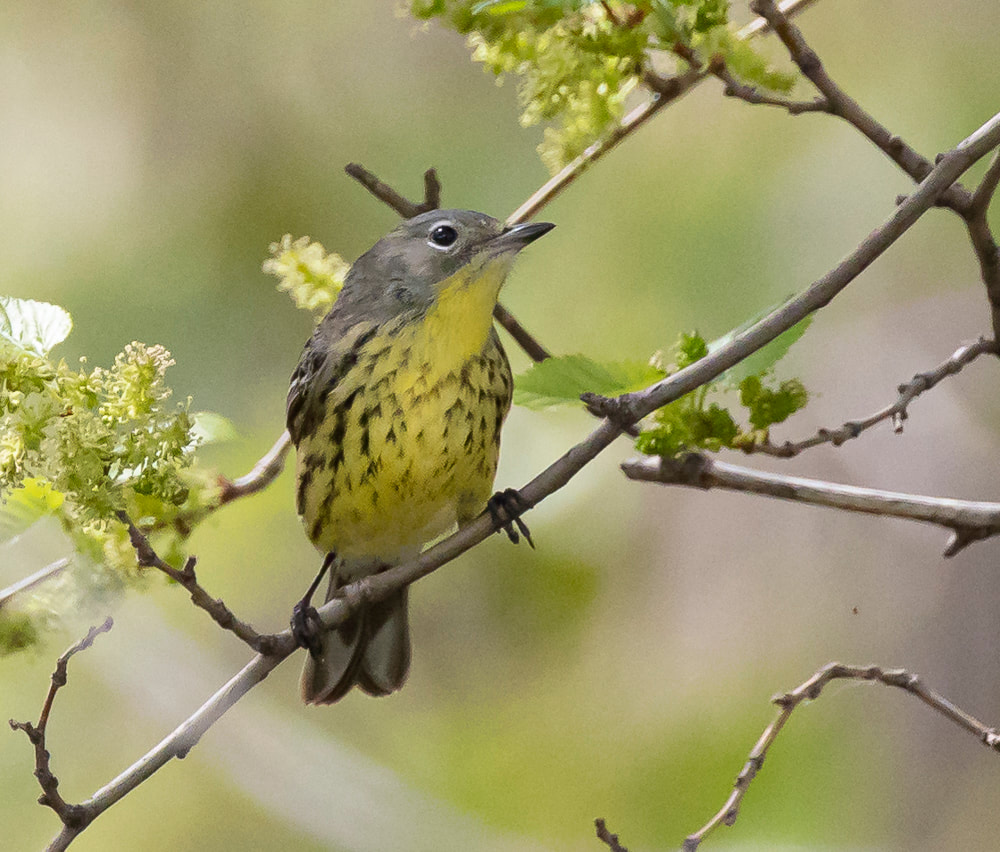
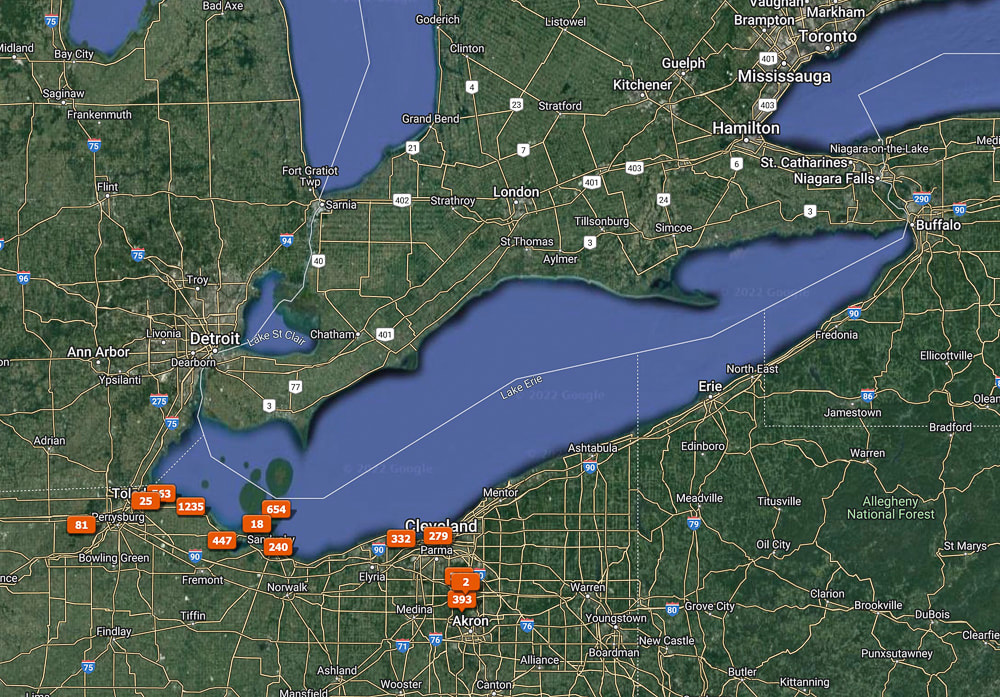
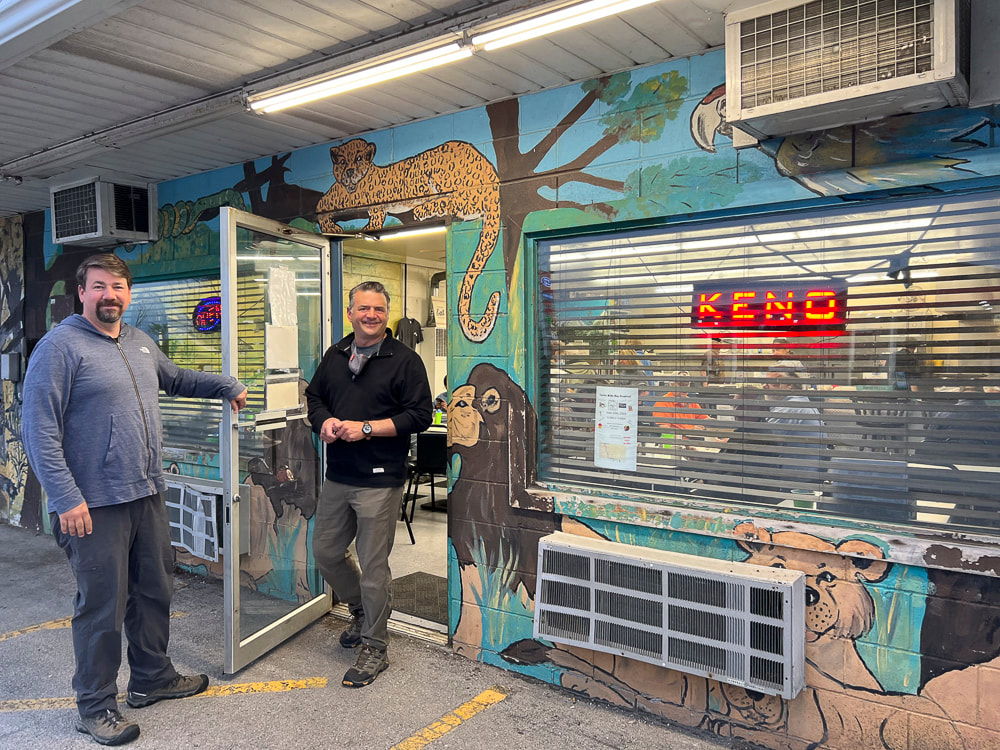
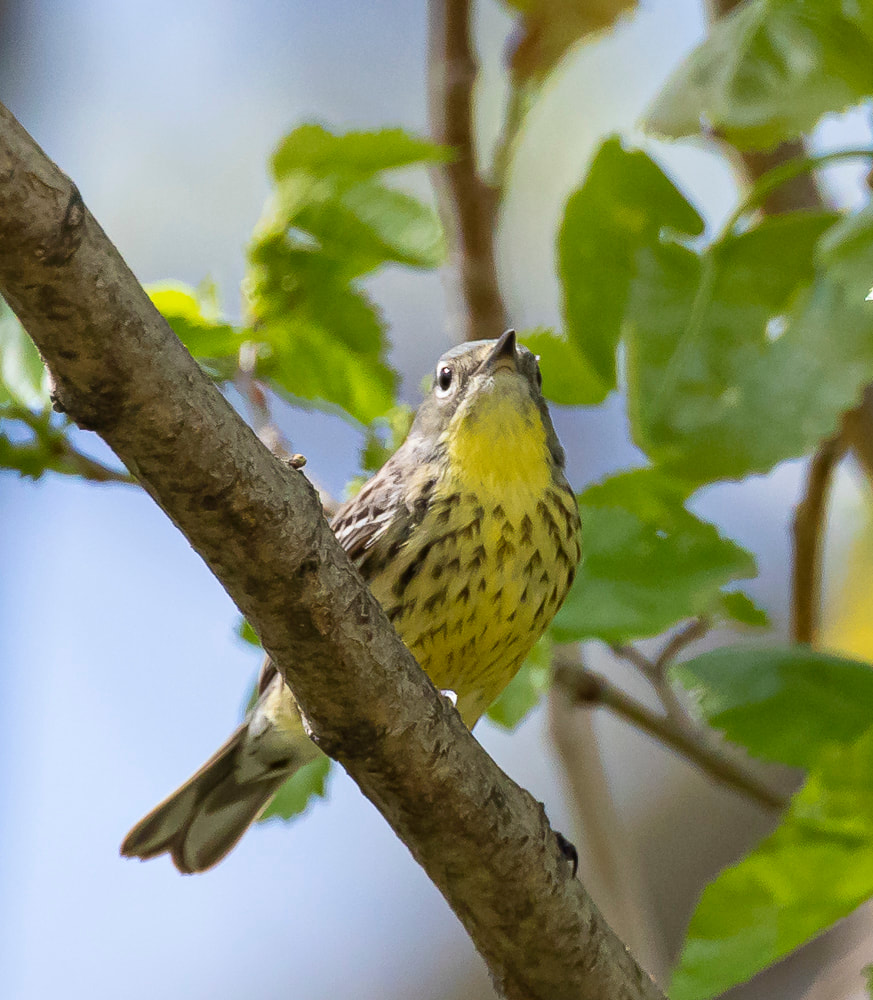
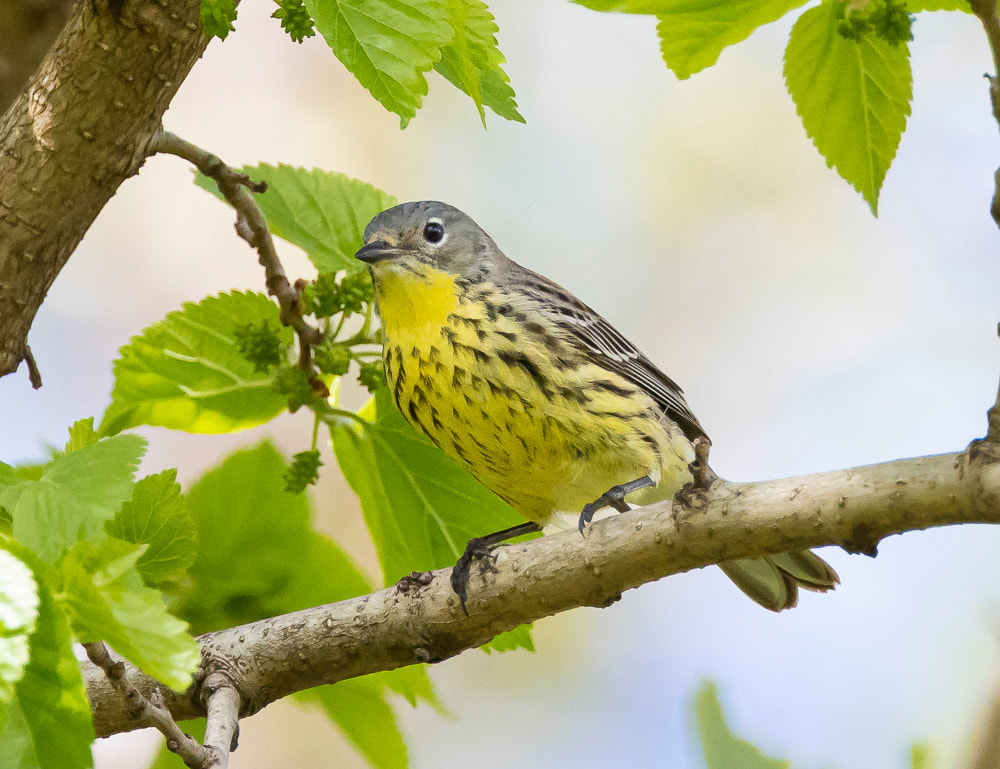
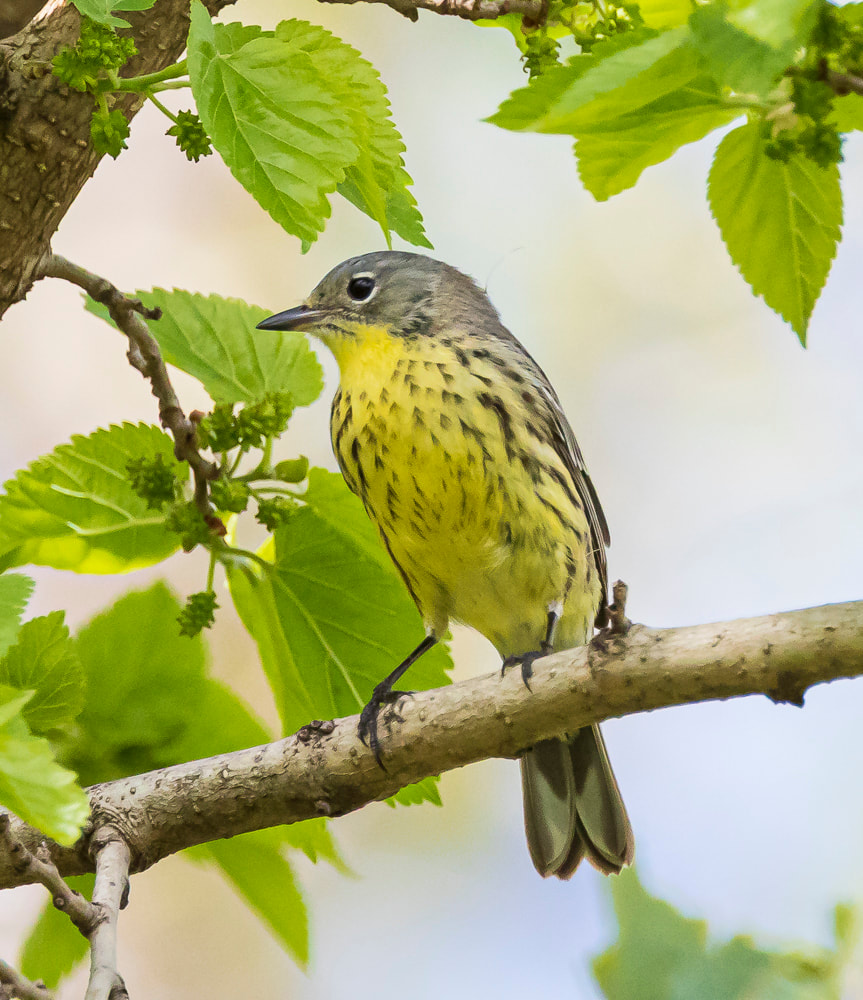
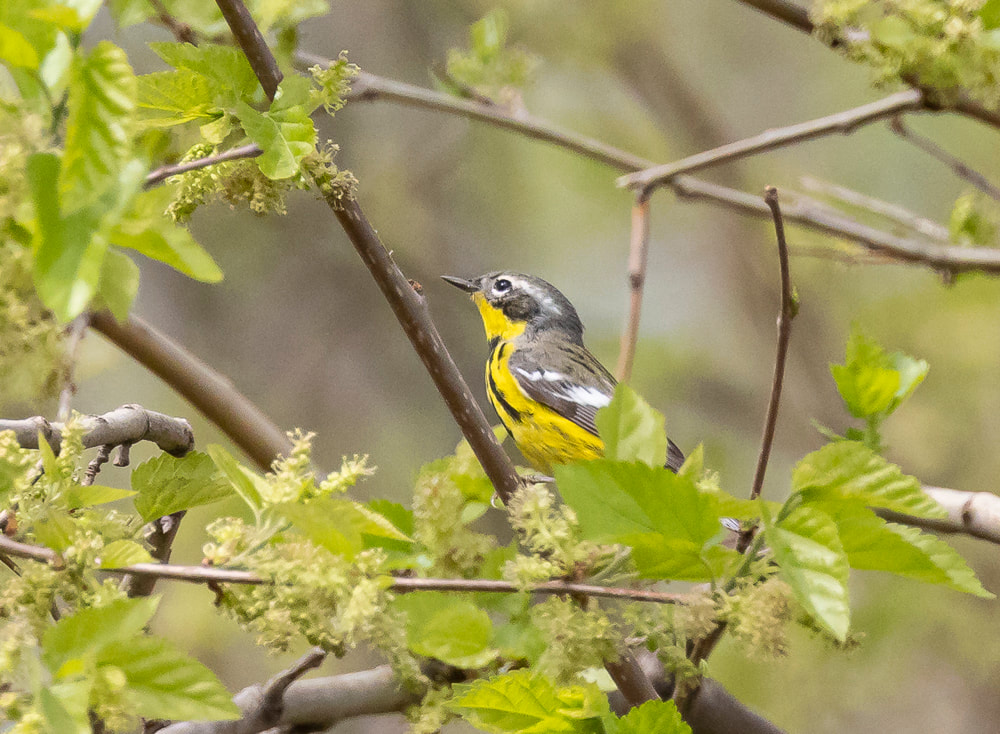
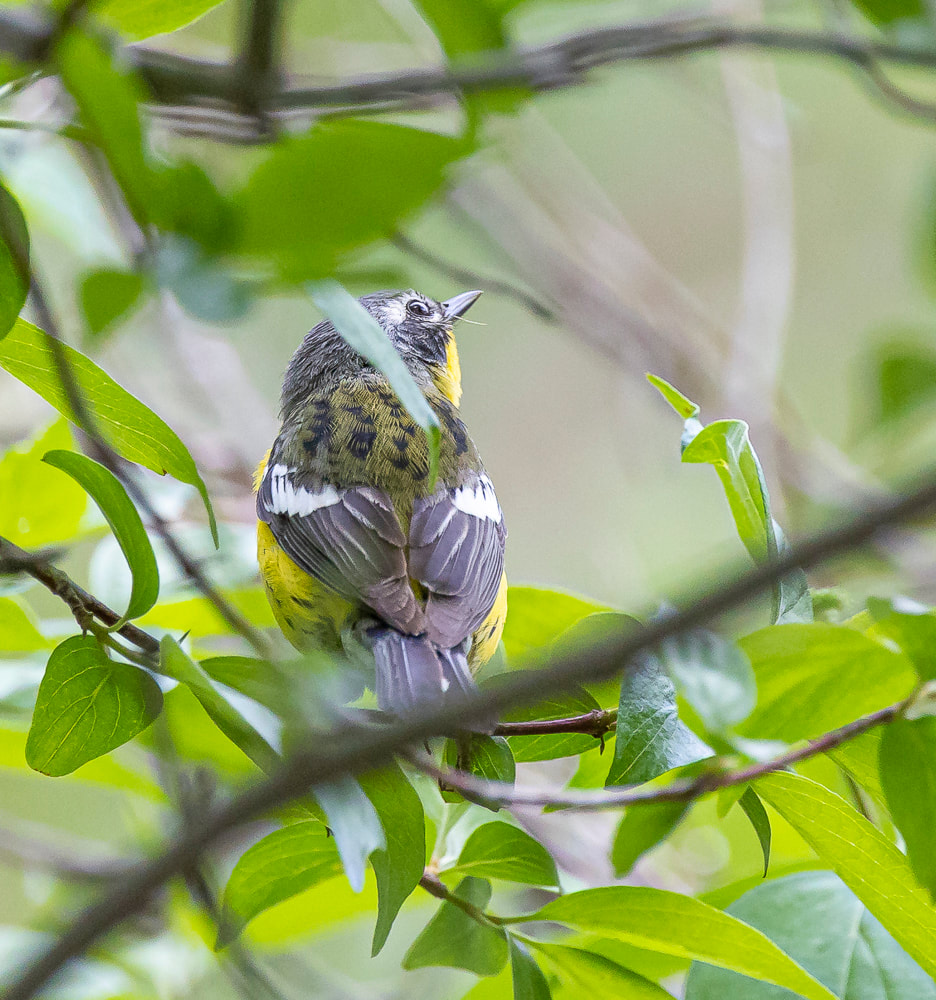
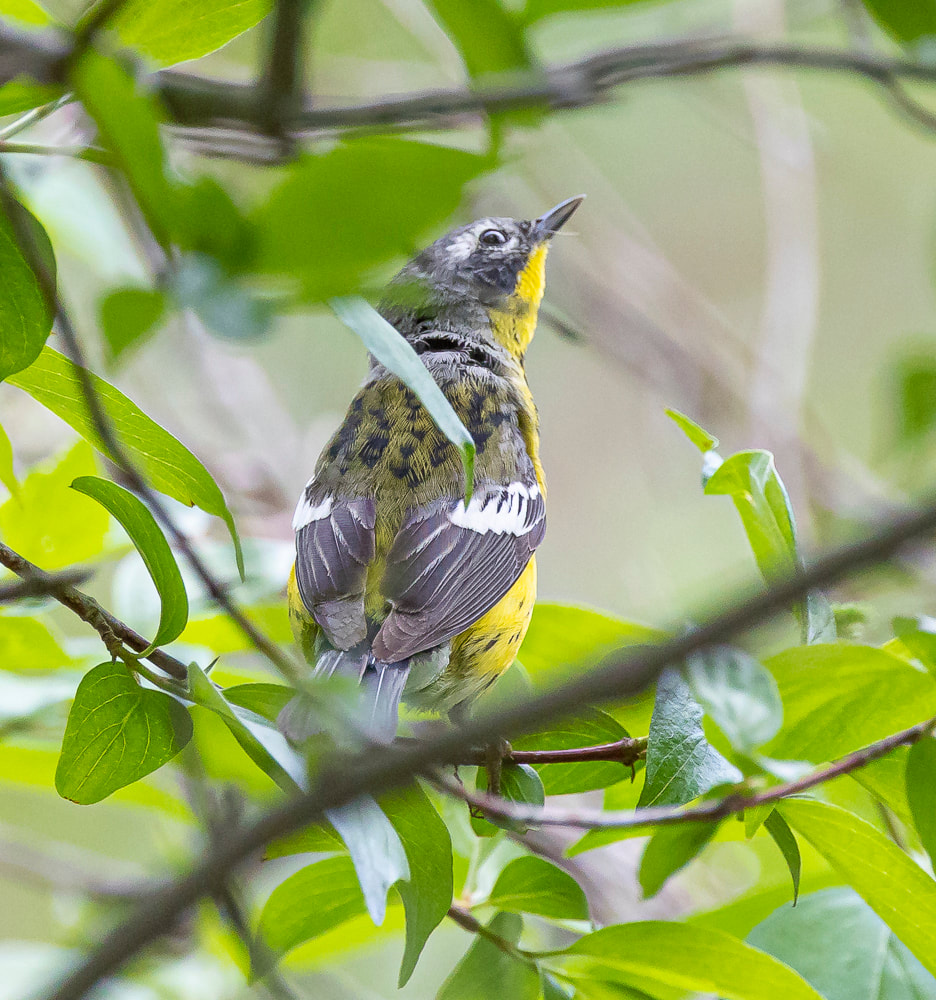
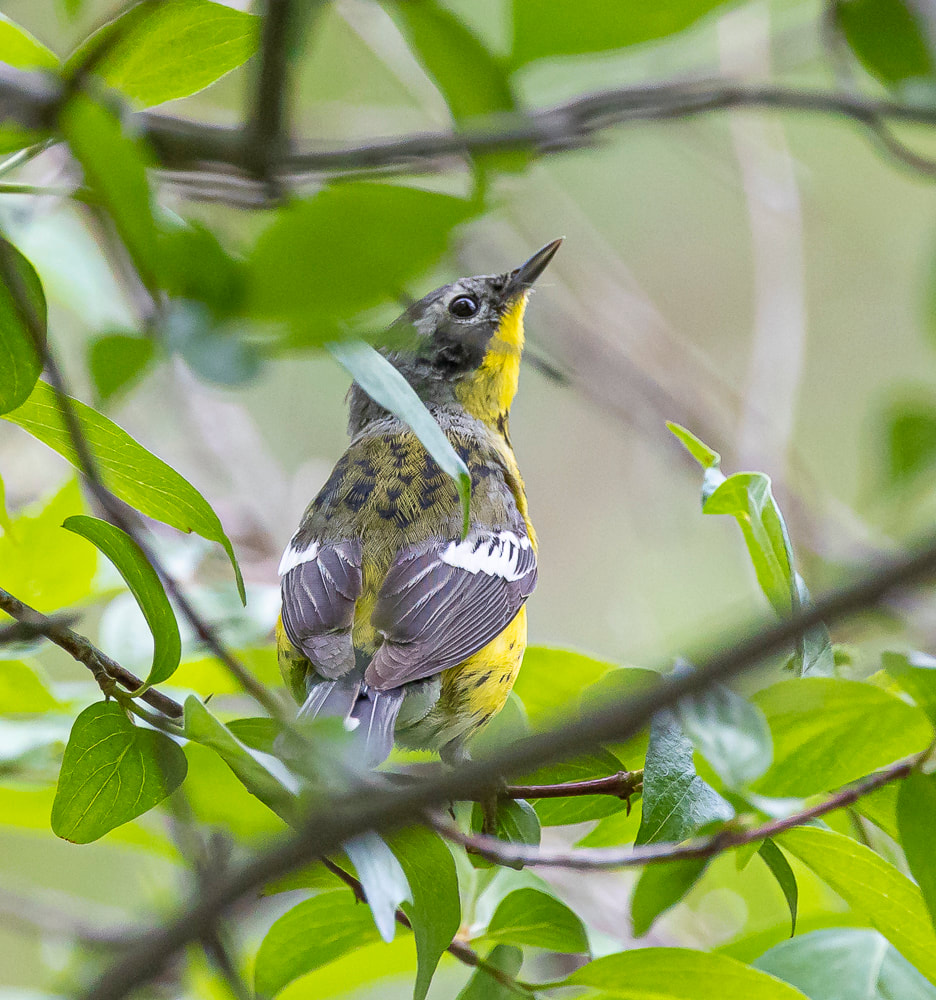
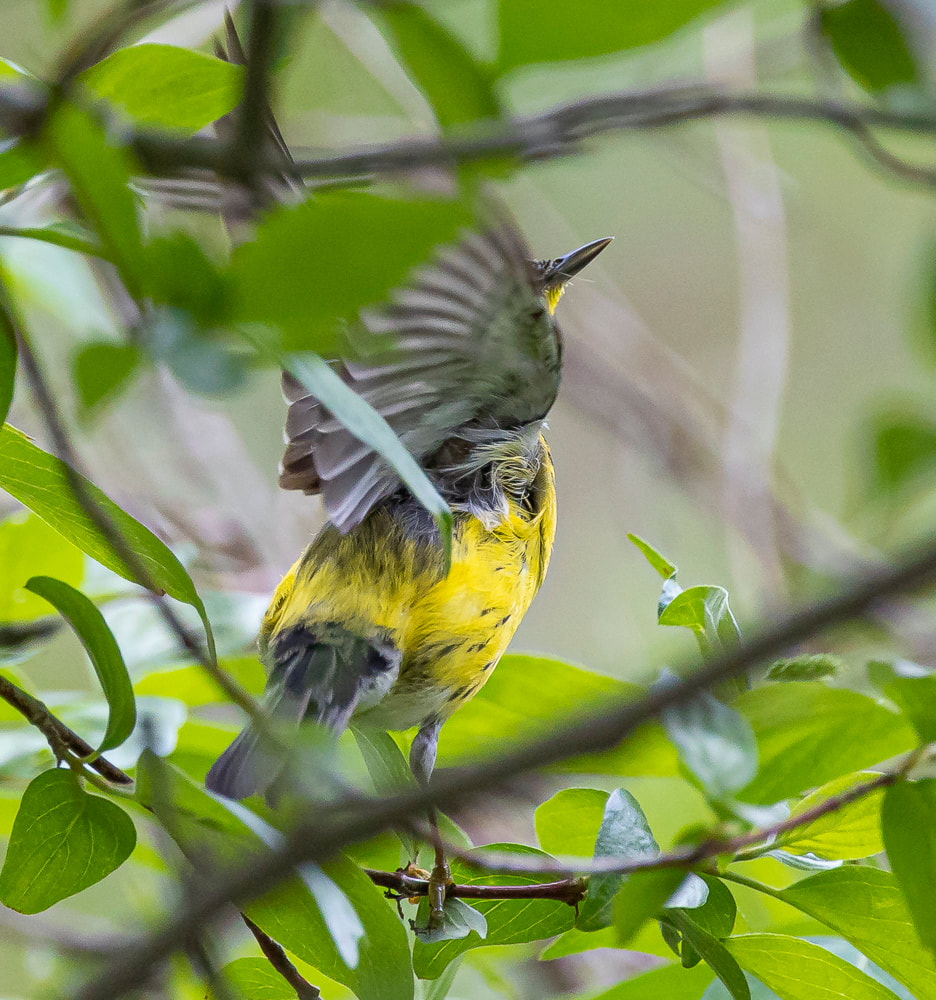
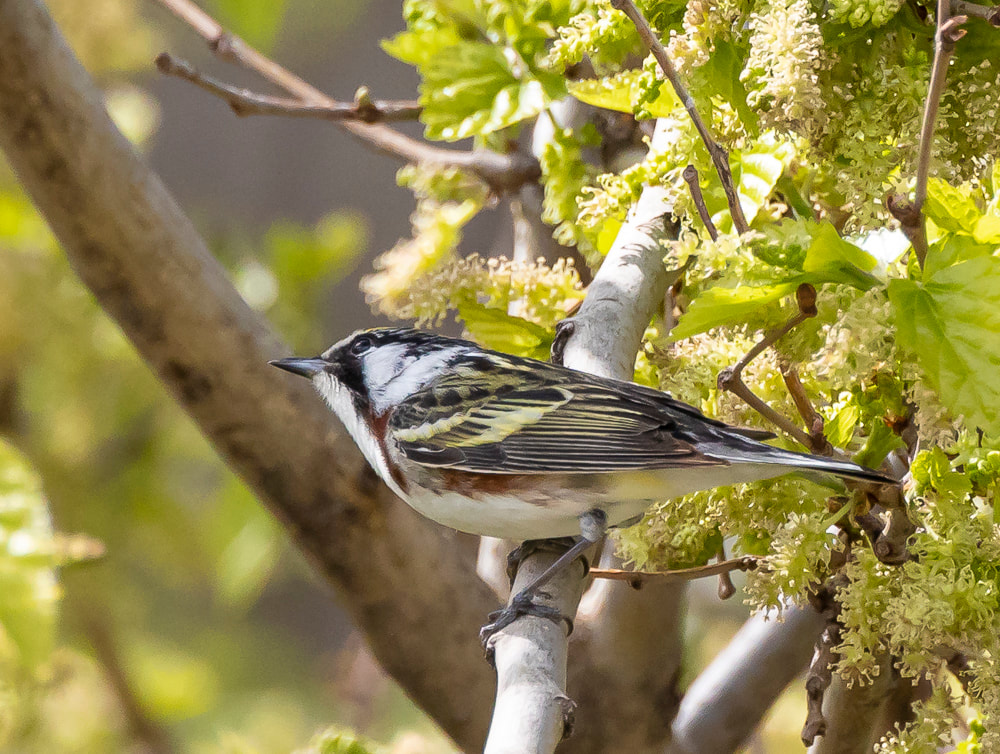
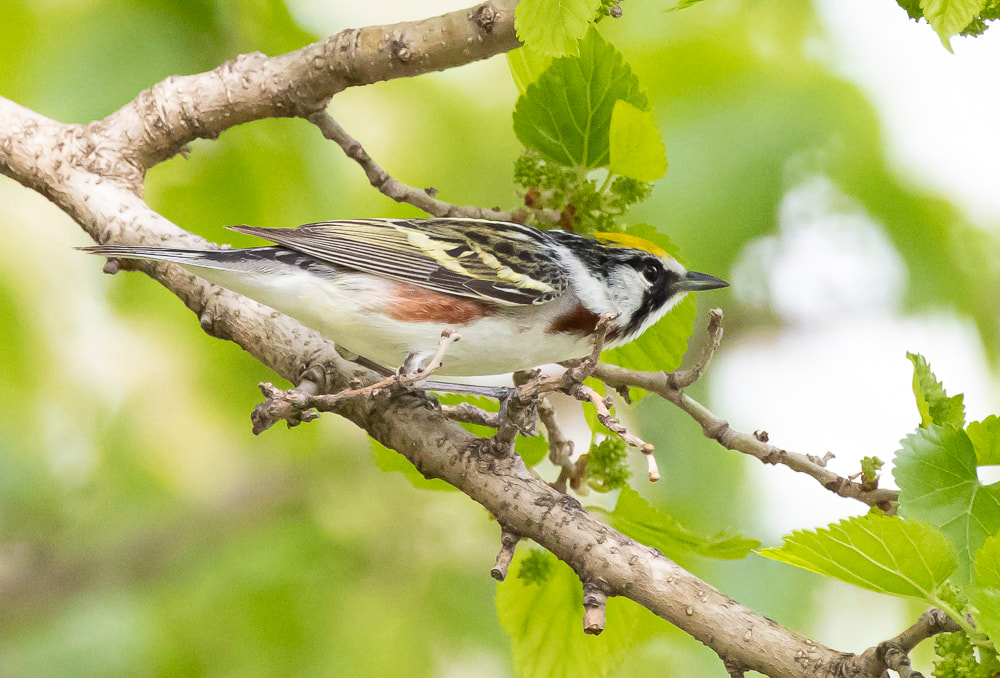
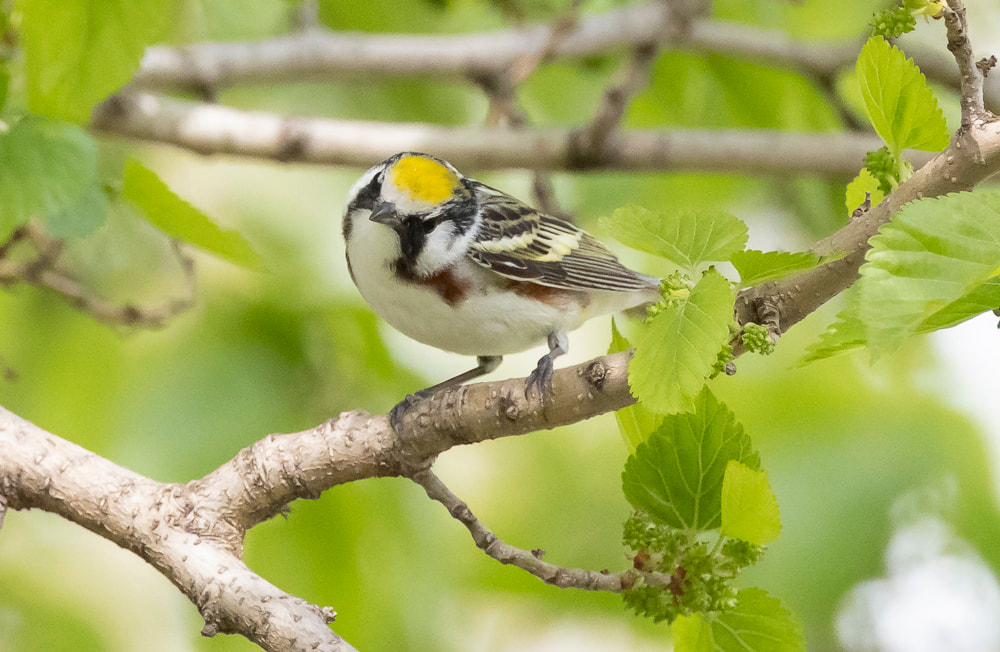
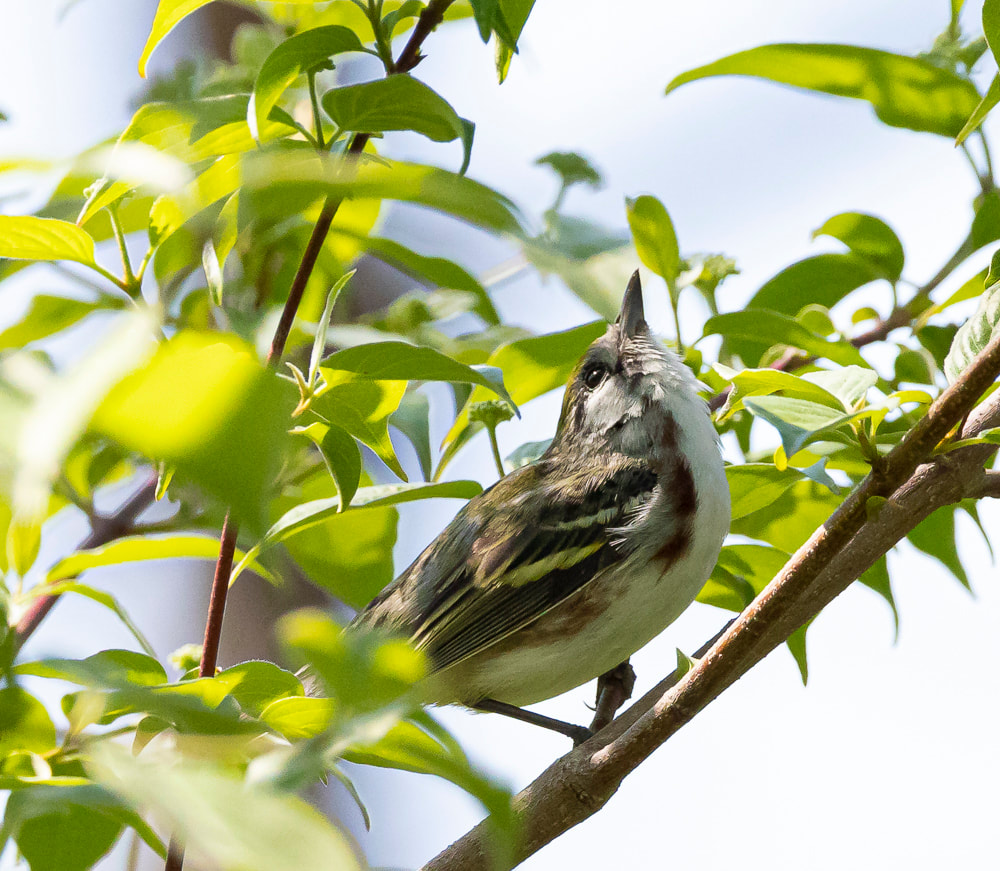
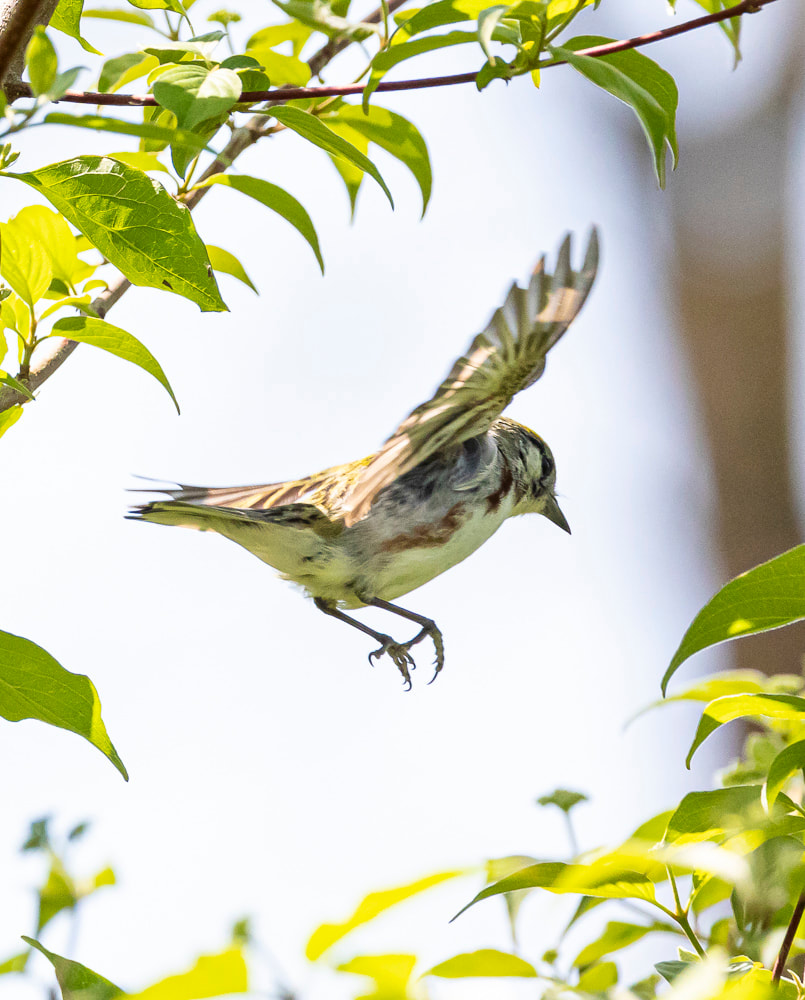
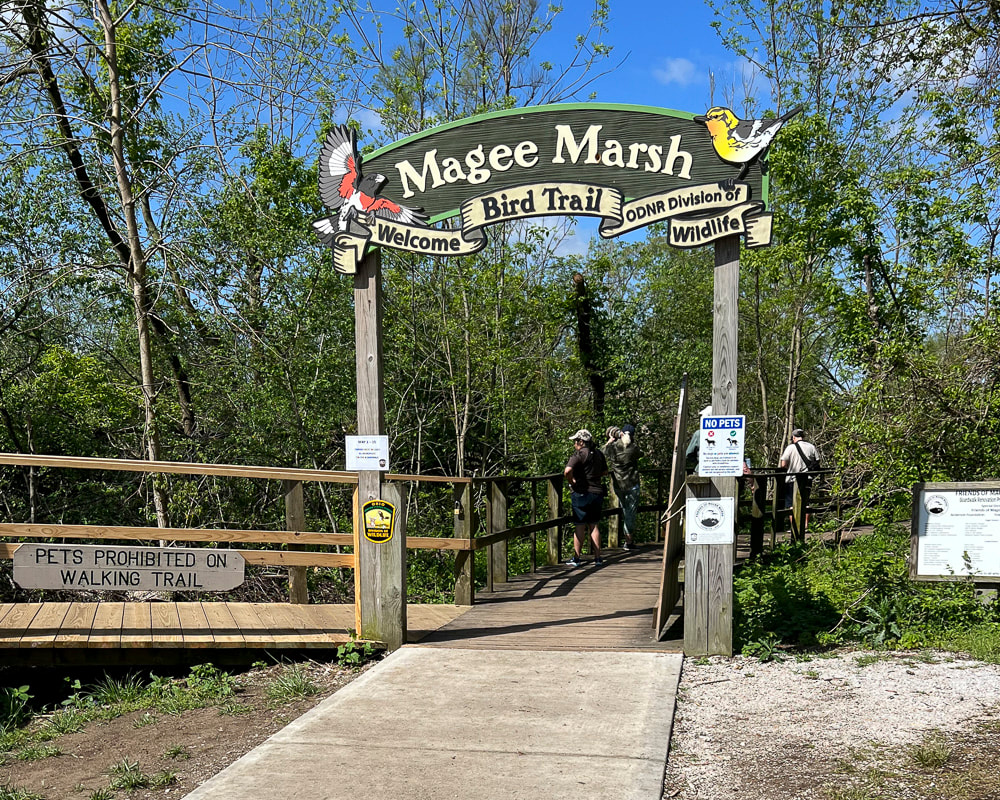
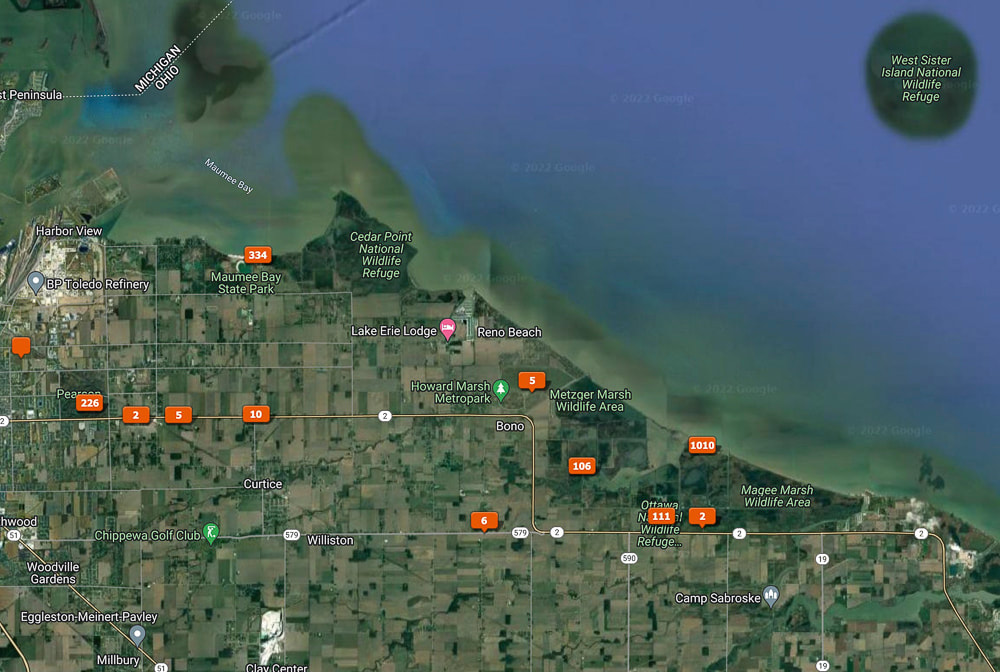
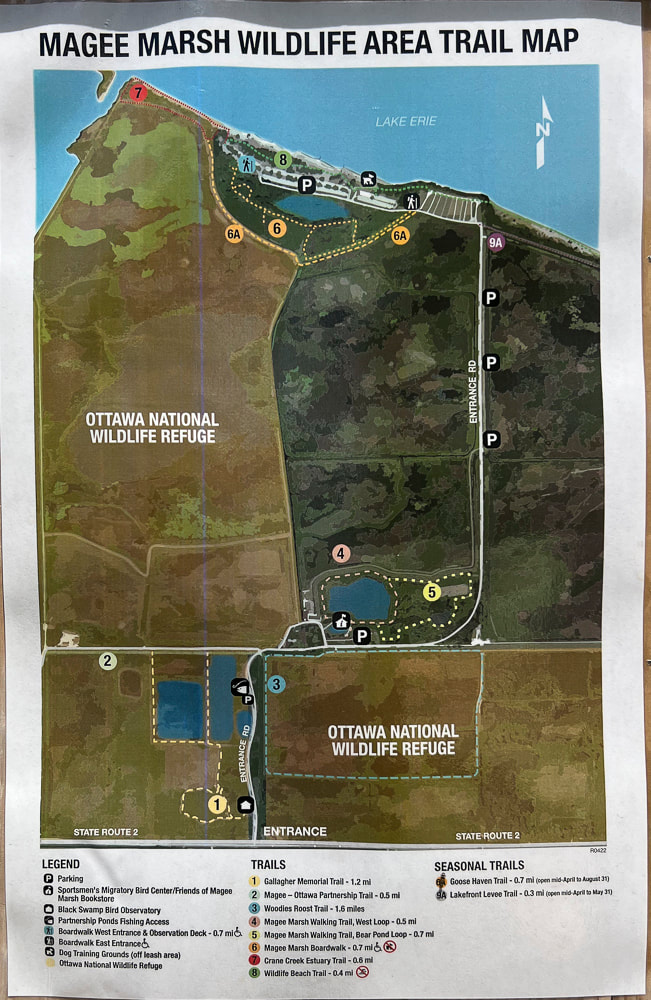
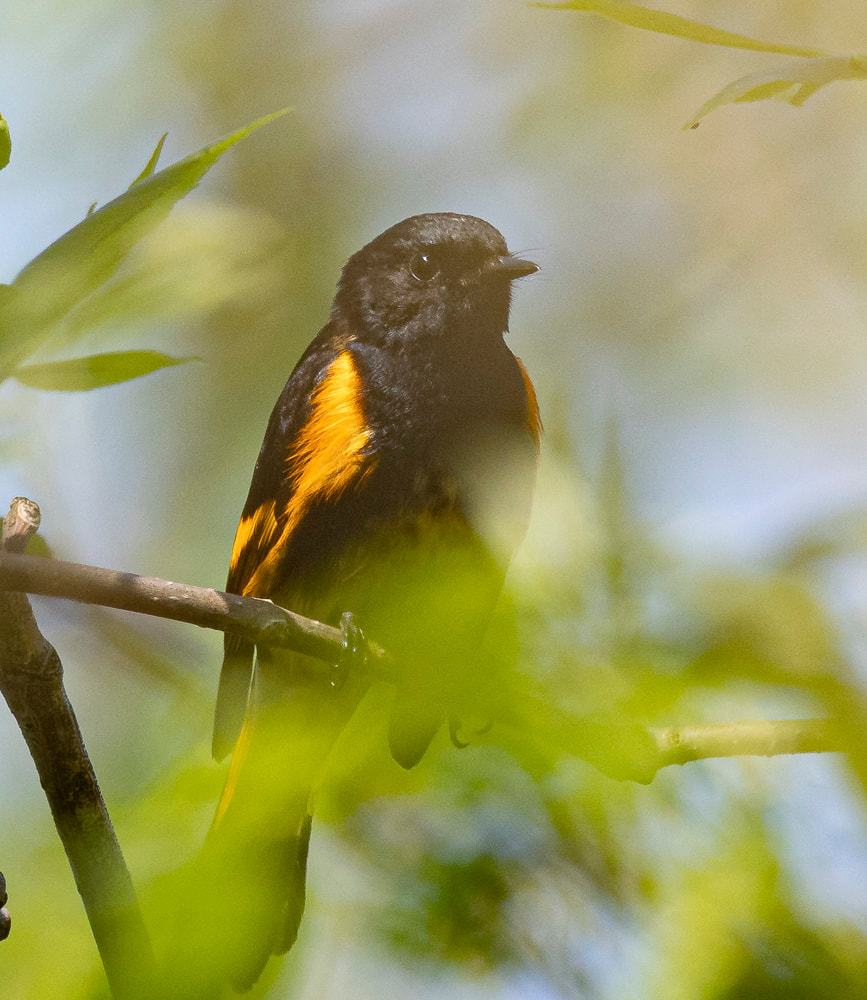
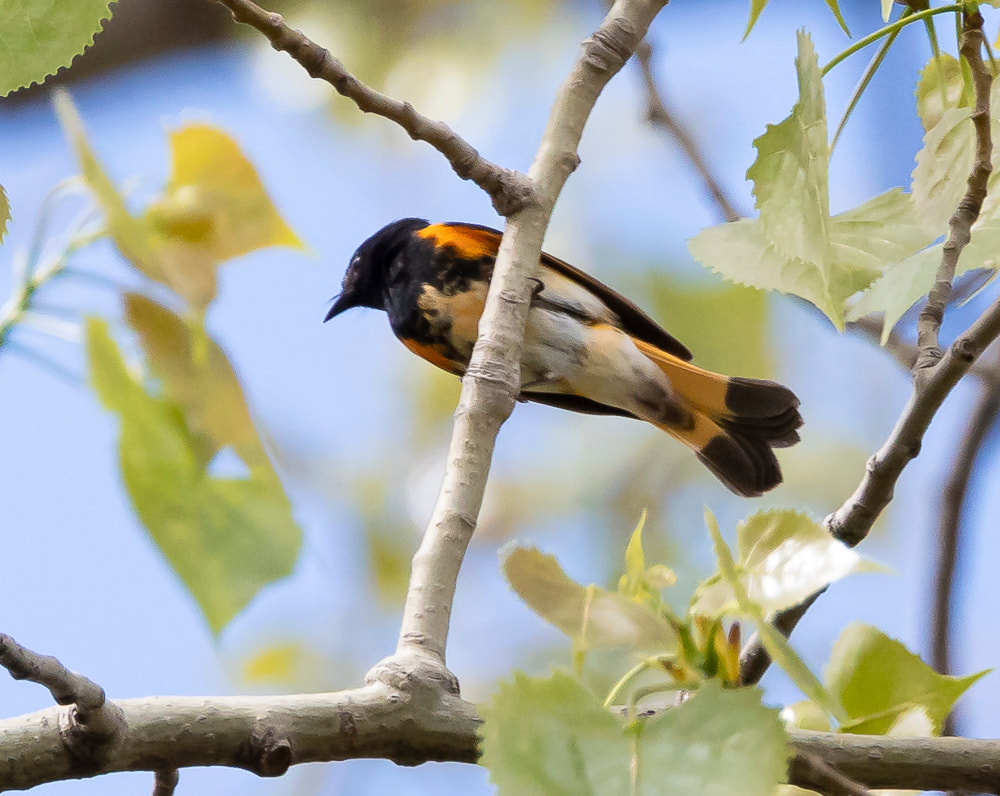
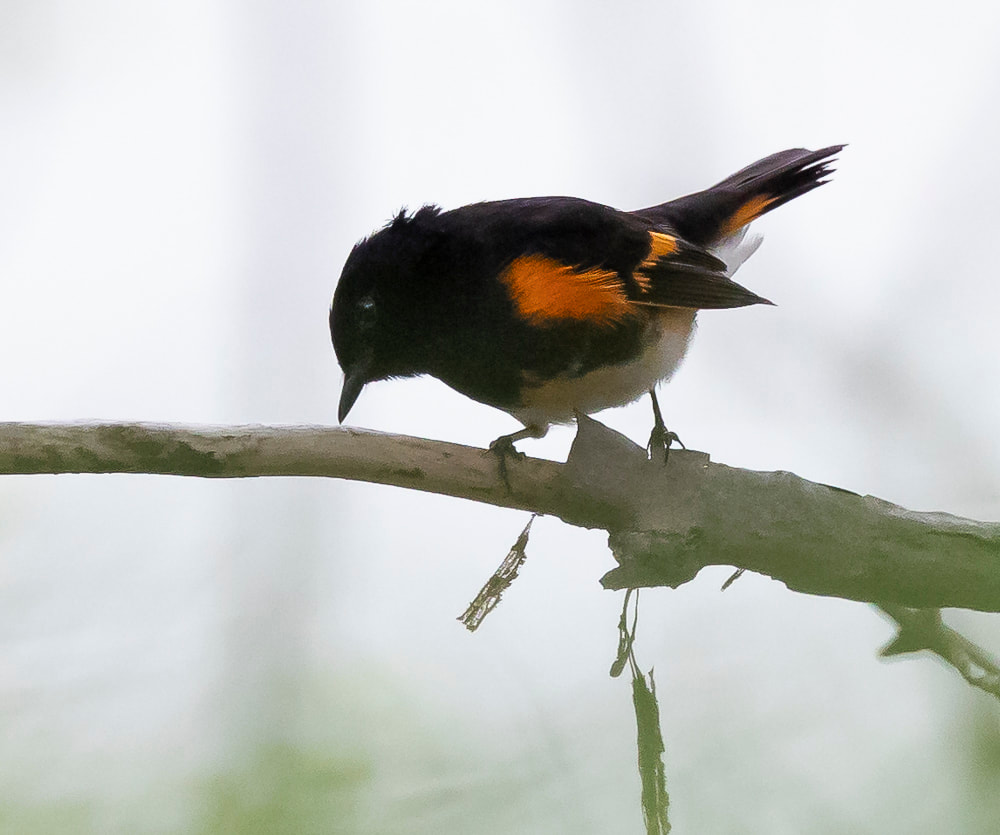
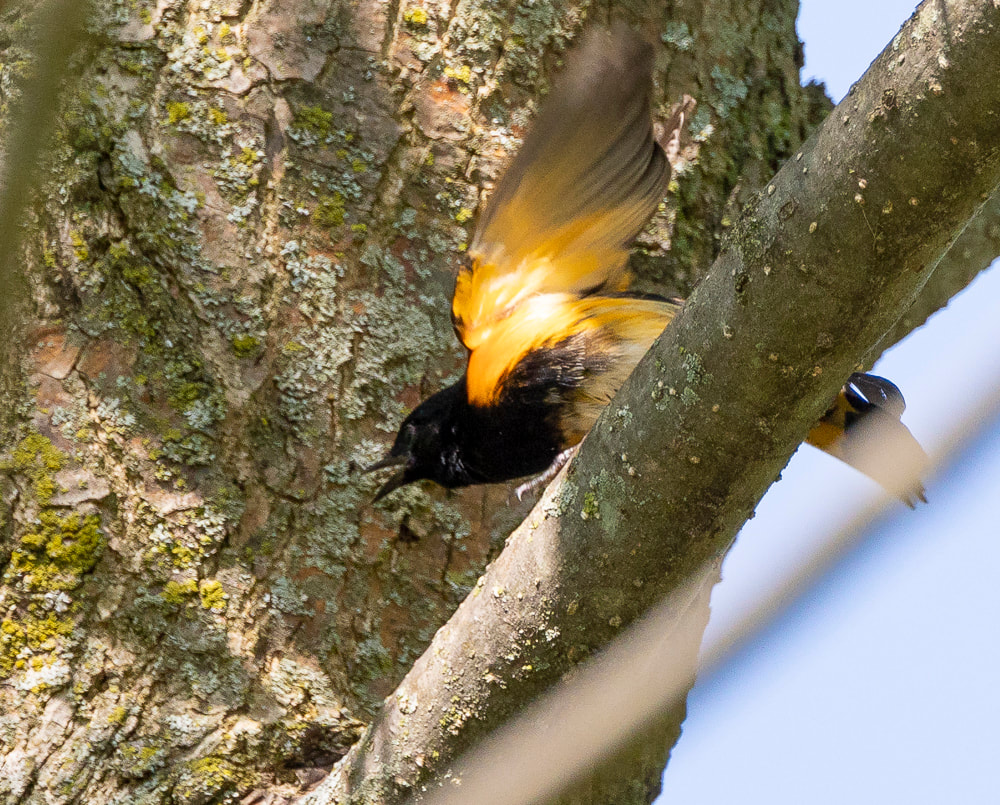
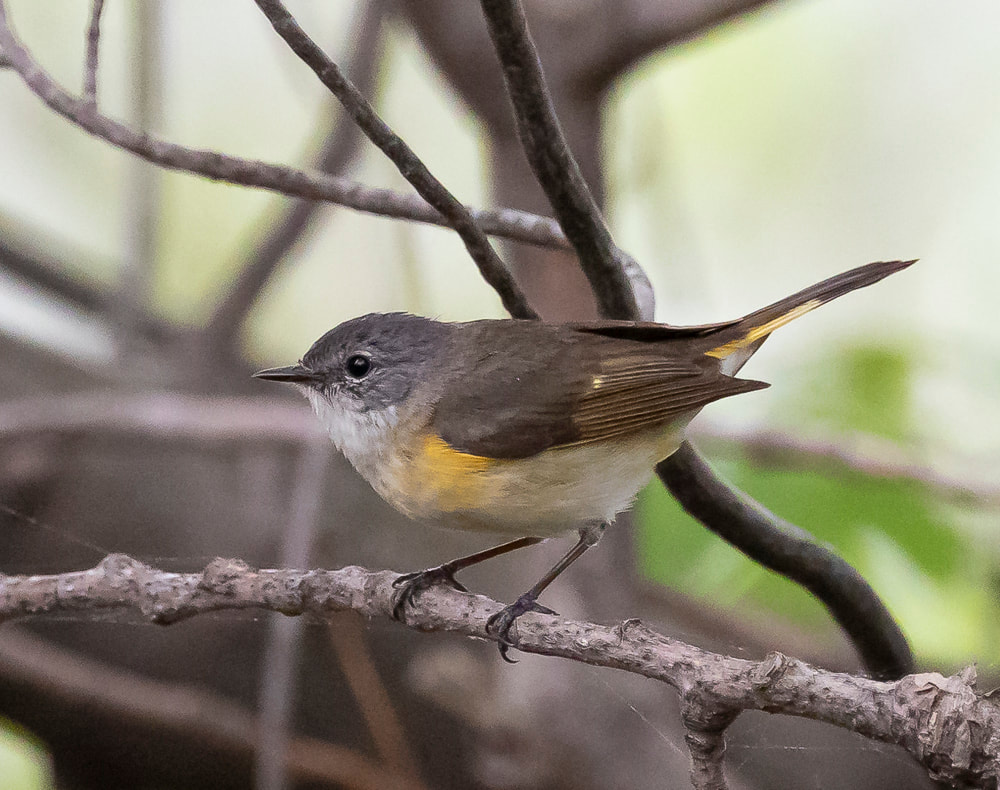
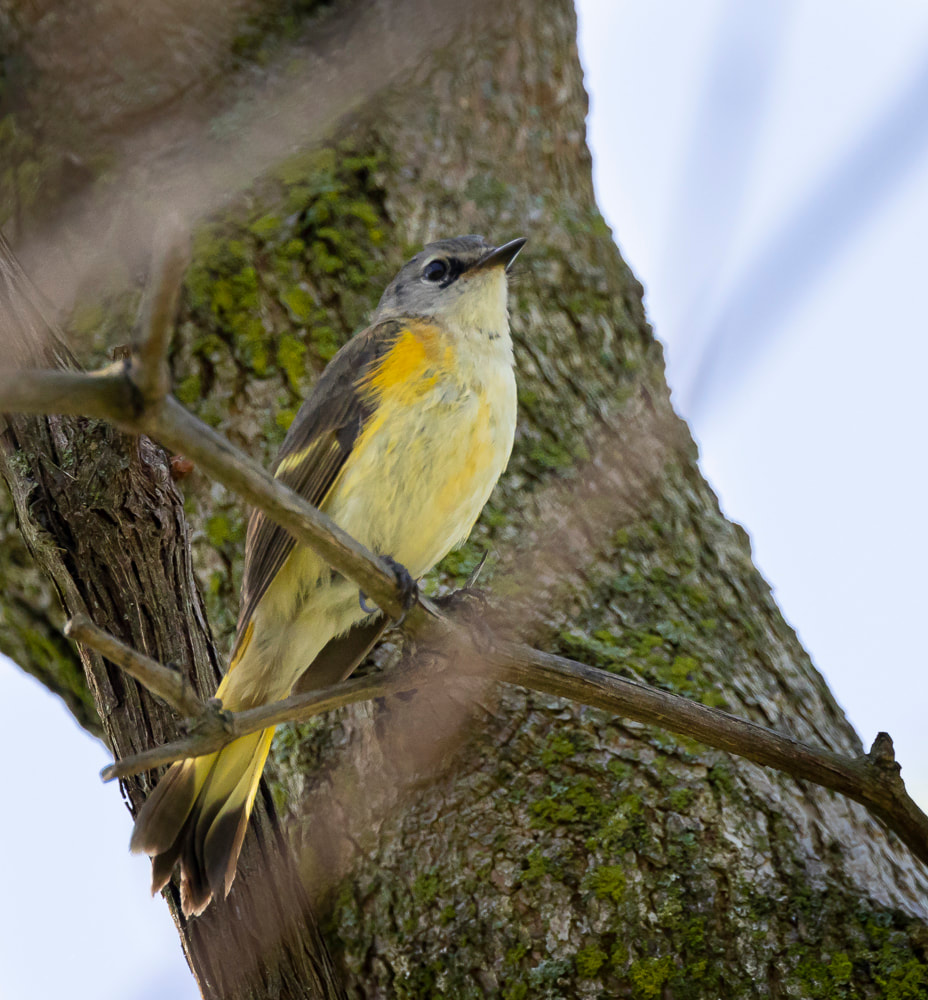
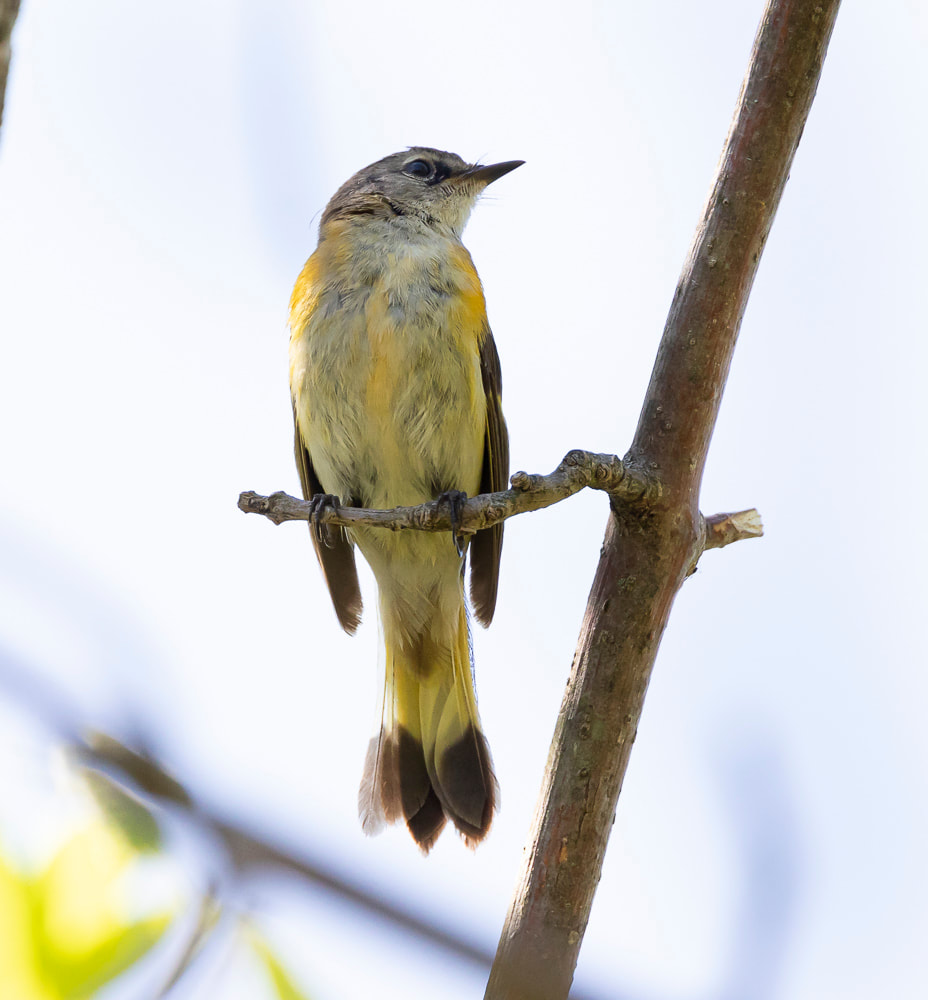
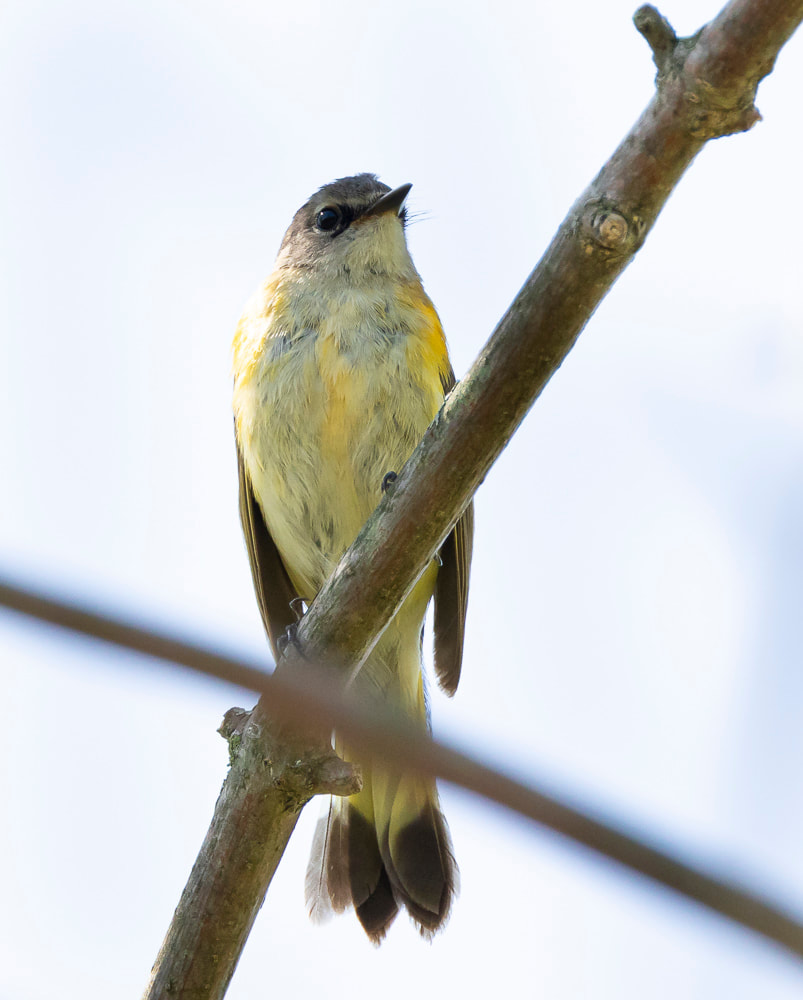
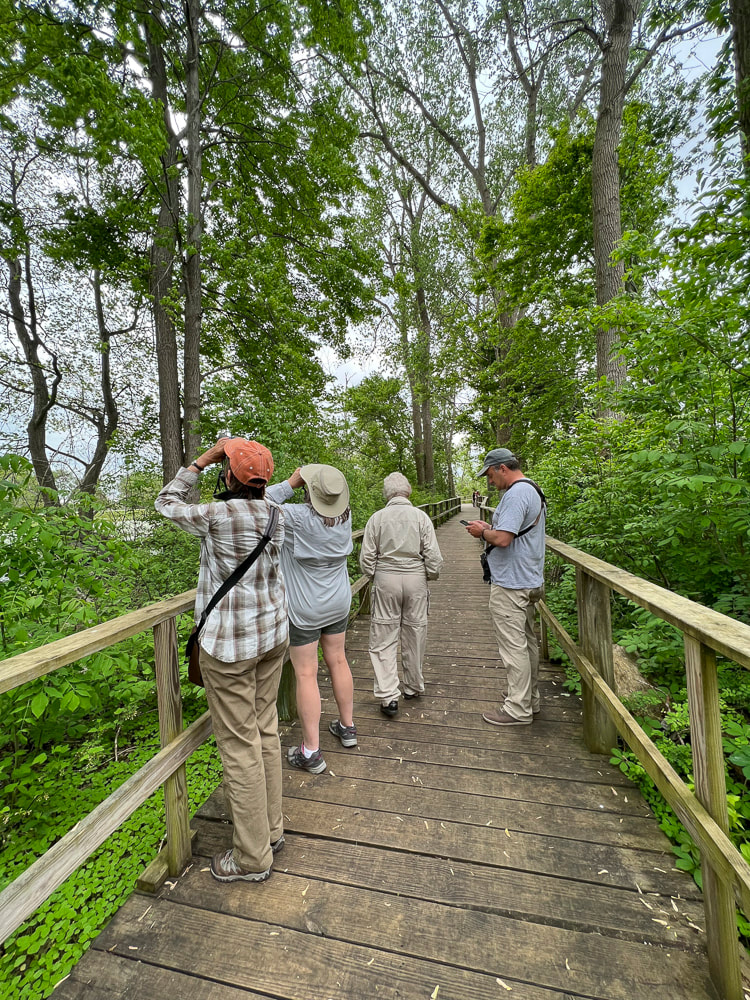
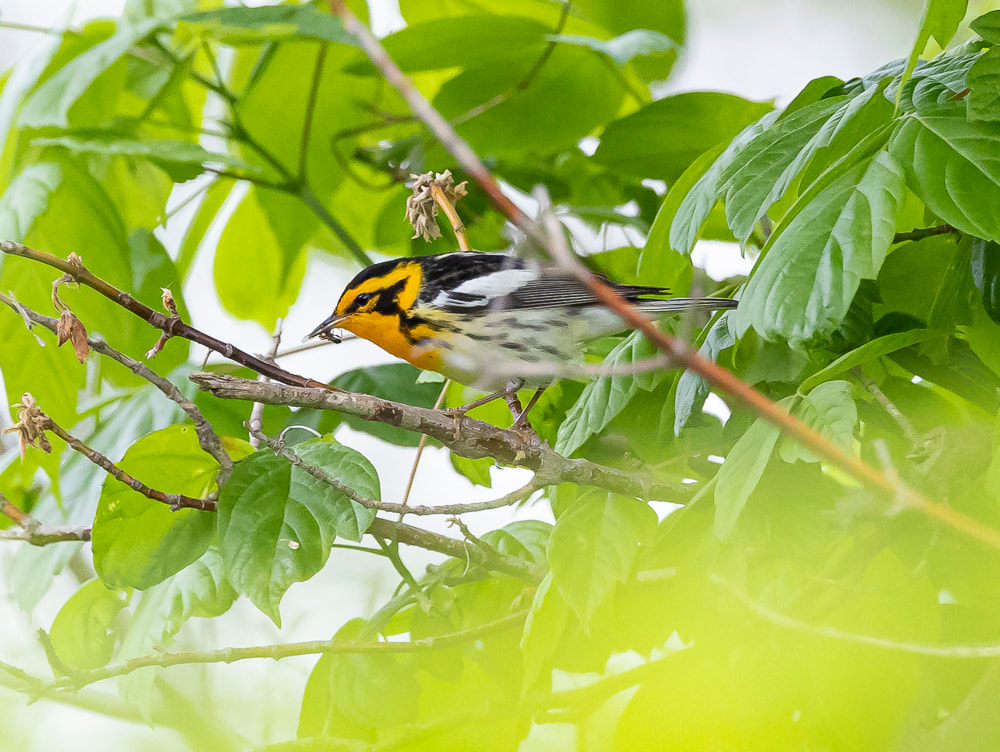
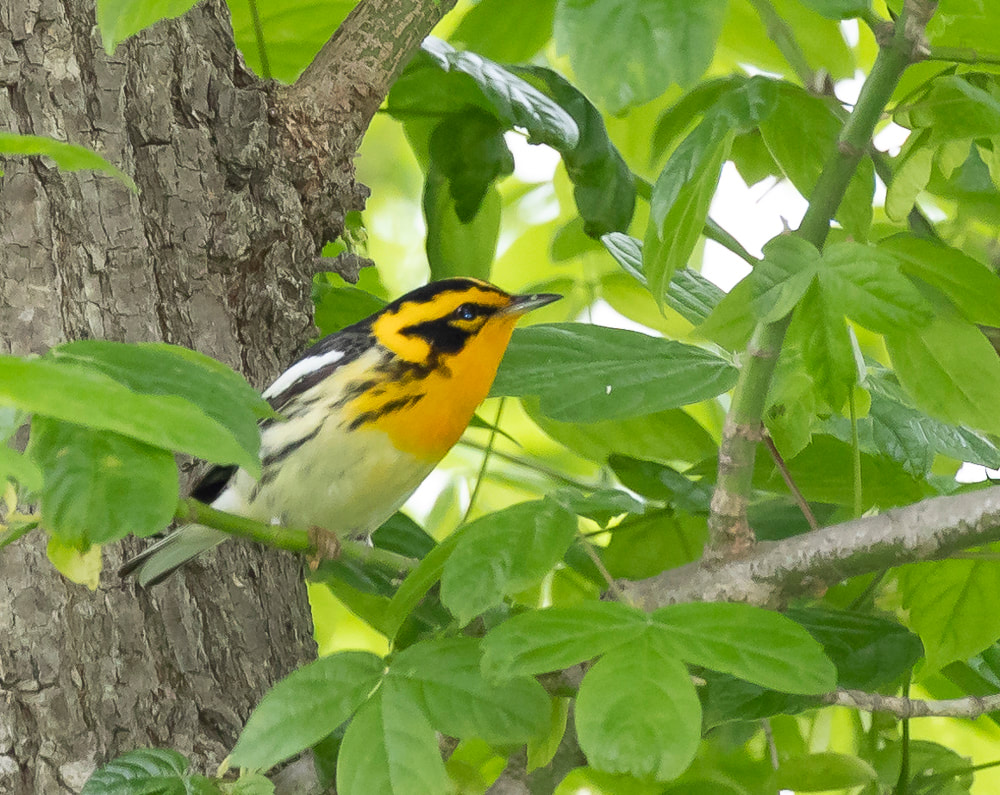
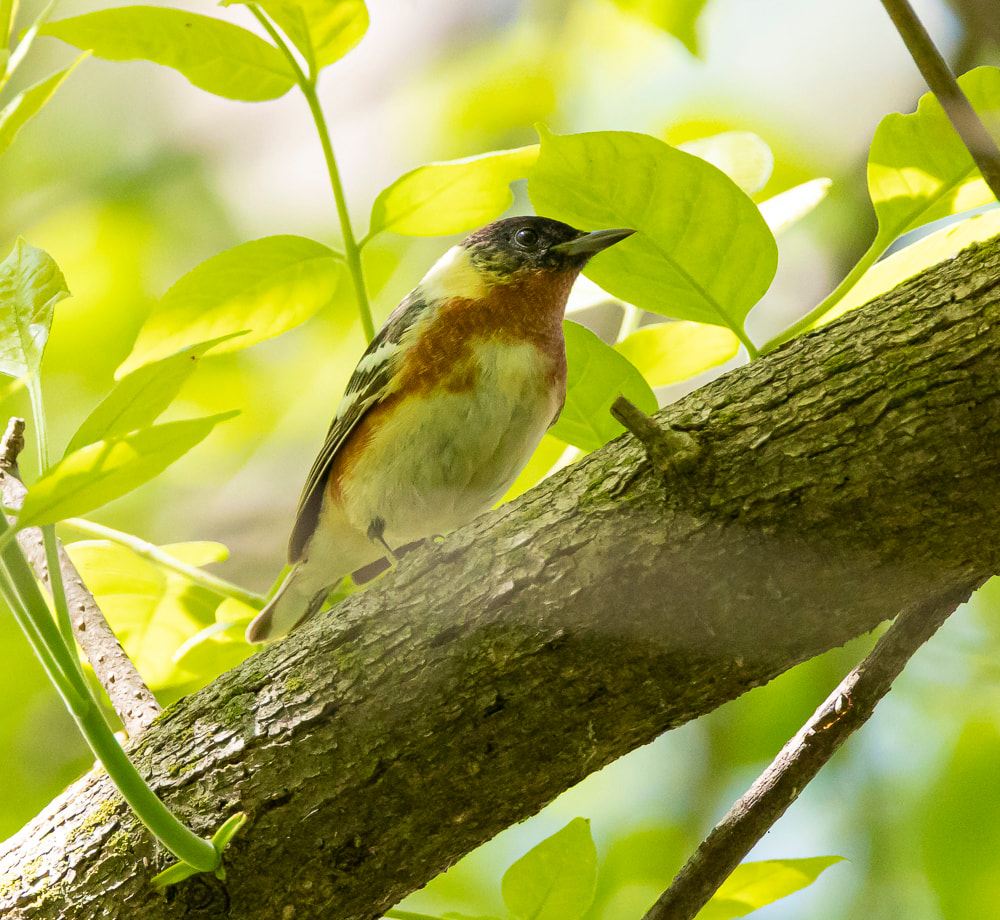
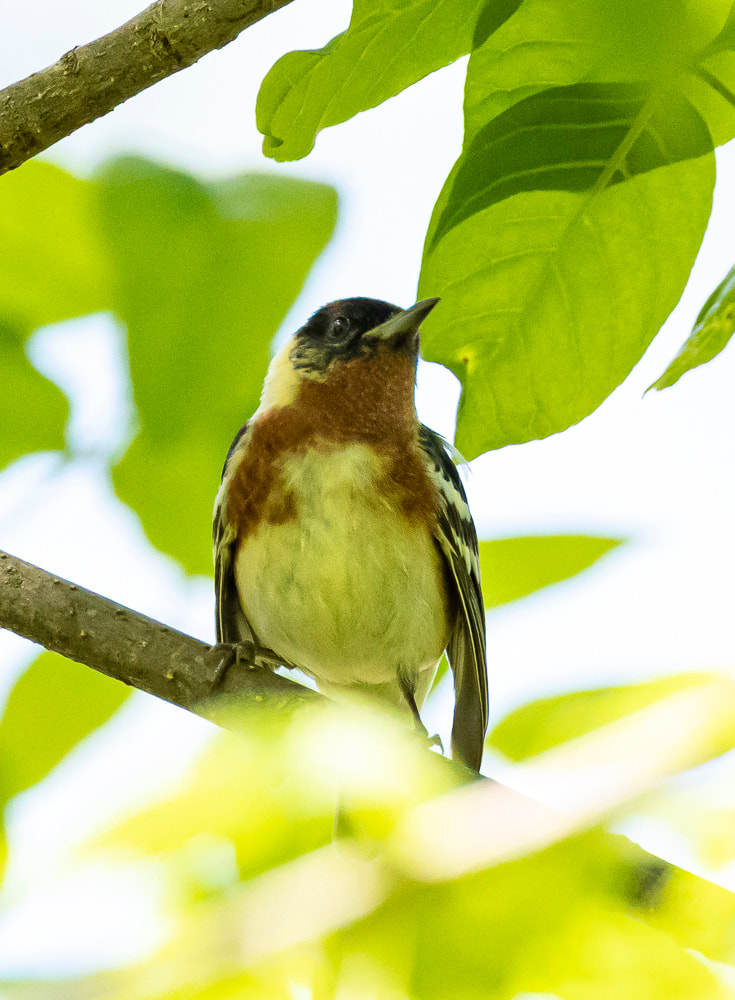

 RSS Feed
RSS Feed